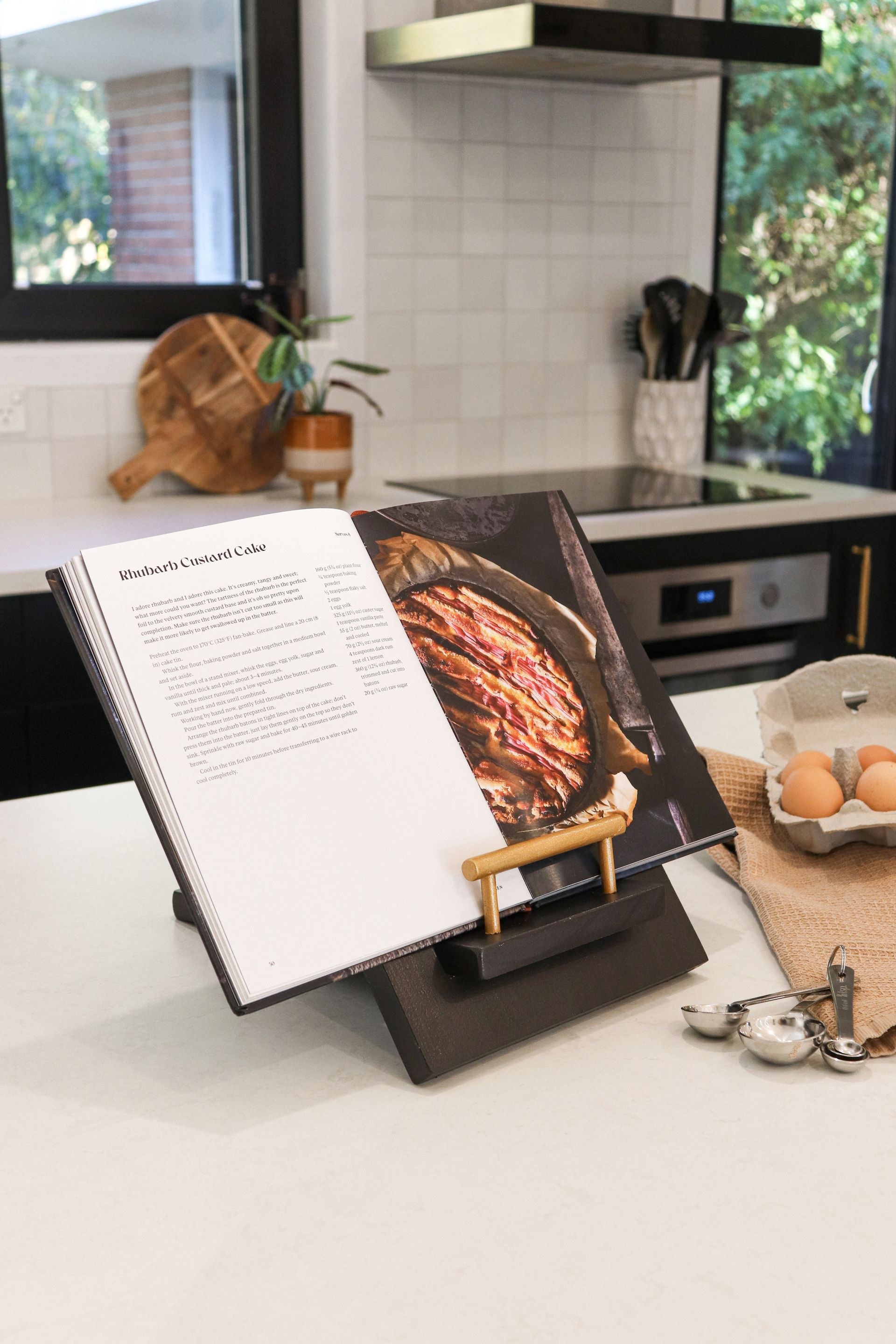Investors are re-evaluating their portfolios in the wake of the coronavirus pandemic. Some may be heading for the hills! Perhaps that’s exactly what they should do.
The productive hill country of Wairarapa is 90 minutes from Wellington. There, tens of thousands of hectares of sustainable forestry are grown and tended by New Zealand’s most successful forestry investment manager, Forest Enterprises. The Kiwi company has a 48-year track record of helping 6,500 individual investors grow their wealth. Literally.
Those who had the foresight to invest in the ’90s are seeing good returns. Forest Enterprises has paid over $64 million in harvest income to its investors in the past three and a half years alone. And it is just getting started. Think retirement, a first home, or maybe an education fund.
Wood is natural and renewable and New Zealand excels at producing it for customers at home and abroad. It provides income in the long-term, and forestry investment performance is not correlated to the share market.
That aside, forests are essential if New Zealand is to achieve its climate change goals.
For the first time in about 20 years, Forest Enterprises has new offers available for the next generation of investors and Cantabrians are getting into it. Rather than stay in Jakarta, Josh (35) came home to Richmond to ride out COVID-19. He’s been living in Indonesia for six years working for an international conservation company. Looking to put his money somewhere, the first thing Josh did was set up a Sharesies account. Then after talking with a mate in New Zealand’s forestry sector, he made his next investment in forestry.
‘Because of my work, I’ve invested a lot of time in understanding carbon markets and sustainable land use,’ he describes. ‘For me, climate change is a big deal, so investing in forestry is about putting my money where my mouth is.’
When Anna (31) and her husband sold their Amberley fixer-upper, they were also expecting their first child. They knew they needed to put a nest egg into something other than the bank. ‘All of a sudden we had this future to invest in that wasn’t ours,’ says Anna. ‘We had to decide what was important, and one of those decisions was education.
‘We looked into a few investments. Forestry was best because we didn’t need an immediate return. It’s nice having something we can’t touch until harvest starts. By the time the kids are ready for school and tertiary study, we’ll be able to look at what we can offer them.’
Mark’s career as a construction engineer has kept him in remote parts of the world for seven years. He was only back in Christchurch for a hunting trip when New Zealand’s border shut due to COVID-19.
Back for the foreseeable future, Mark (34) has some time on his hands for planning his next move, and a little investing.
A confident investor, Mark has property, shares and small business investments squared away. ‘But I wanted another investment that was separate to shares,’ he explains. Mark did his due diligence on Forest Enterprises and gave forestry the green light.
‘Forestry’s completely different to any other investments I’ve got, and I’m going to try and keep it at about 5–10 per cent of my portfolio. My plan is to go twice; this forest rotation and into the next.’
How a Forest Enterprises investment works
- A Forest Enterprises investment is a direct investment in land and trees for one rotation of the forest crop (about 26 years)
- You pay an initial amount upfront to buy shares in a Limited Partnership which owns land and trees
- Plus, you make affordable annual contributions (with tax deductibility) each year until harvest
- Forest Enterprises, as the professional manager, runs the business of the Managed Investment Scheme
- The forests and their harvest are responsibly managed
- The growth of a forestry investment is largely biological growth of the tree crop – best practice silviculture is key to volume and log quality at harvest
- Income is generated during harvest and returns depend on log prices at the time – harvesting over multiple years helps to mitigate effects of price fluctuations
- If you’re interested in investing, have a read of the product disclosure statement – this has all the helpful and essential information you need about the investment
- Consult a financial adviser to help work out if forestry investment is for you
To learn more and for a product disclosure statement, visit forestenterprises.co.nz
Recent stories






